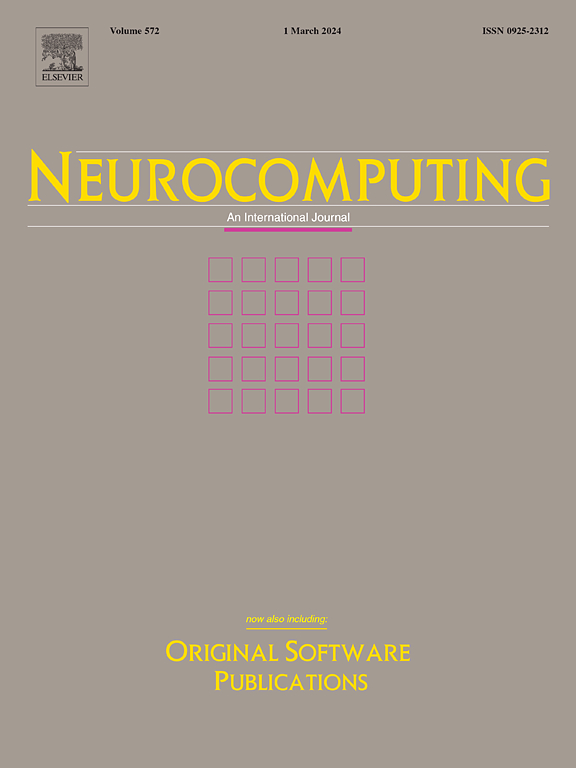基于位置引导语音特征映射网络的多模态多通道语音分离
IF 5.5
2区 计算机科学
Q1 COMPUTER SCIENCE, ARTIFICIAL INTELLIGENCE
引用次数: 0
摘要
在现实中,声源的音频和视觉信号是紧密对齐的,它们协同工作,将所需的语音信号从同时说话者的重叠声音中隔离出来。为了在语音分离中充分利用听觉和视觉来源的互补性和所有可用信息,我们提出了一种新的鲁棒多模态和多通道语音分离方法,而不需要已知的相机参数。该方法利用听觉和视觉模式的互补性来估计说话人的位置,并采用位置引导语音特征映射策略,其中注意机制融合方法结合了听觉和视觉源的高级语义信息,有助于将目标语音与其对应的方向特征分离。实验结果表明,所提出的多模态和多通道语音分离系统优于基线,SI-SDR和PESQ分别提高了0.64 dB和0.17 。所提出的系统始终优于基线,实现了10.14 %绝对(26.05 %相对)字错误率(WER)降低。本文章由计算机程序翻译,如有差异,请以英文原文为准。
Multimodal and multichannel speech separation using location-guided speech feature mapping network
In reality, the audio and visual signals of sound sources are closely aligned, working collaboratively to isolate the desired speech signal from overlapping voices of simultaneous talkers. To leverage the complementarity and utilize all available information from both auditory and visual sources in speech separation, we propose a novel robust multimodal and multichannel speech separation method, without requiring known camera parameters. The proposed method exploits the complementarity of audio and visual modalities to estimate the speaker’s location and adopts a location-guided speech feature mapping strategy, wherein the attention mechanism fusion method combines the high-level semantic information of auditory and visual sources, aiding in the separation of target speech with its corresponding directional features. Experimental results suggest that the proposed multimodal and multichannel speech separation system outperforms the baselines, demonstrating improvements of 0.64 dB in SI-SDR and 0.17 in PESQ, respectively. The proposed system consistently outperformed the baselines by achieving a 10.14 % absolute (26.05 % relative) word error rate (WER) reduction.
求助全文
通过发布文献求助,成功后即可免费获取论文全文。
去求助
来源期刊

Neurocomputing
工程技术-计算机:人工智能
CiteScore
13.10
自引率
10.00%
发文量
1382
审稿时长
70 days
期刊介绍:
Neurocomputing publishes articles describing recent fundamental contributions in the field of neurocomputing. Neurocomputing theory, practice and applications are the essential topics being covered.
 求助内容:
求助内容: 应助结果提醒方式:
应助结果提醒方式:


